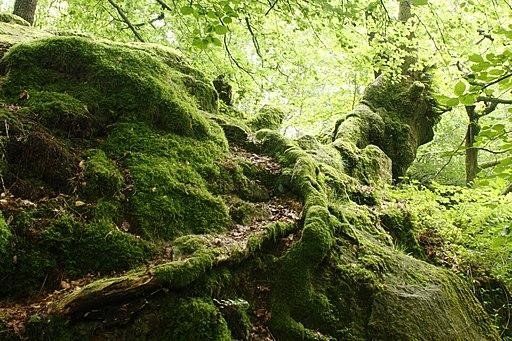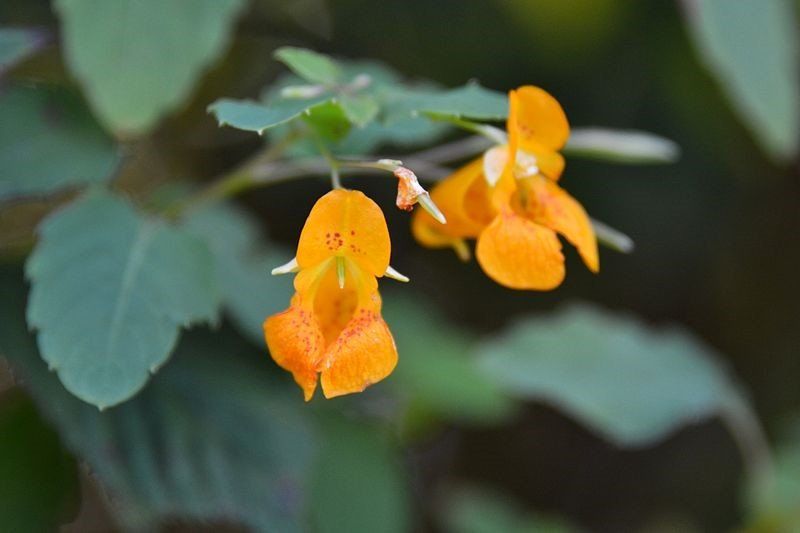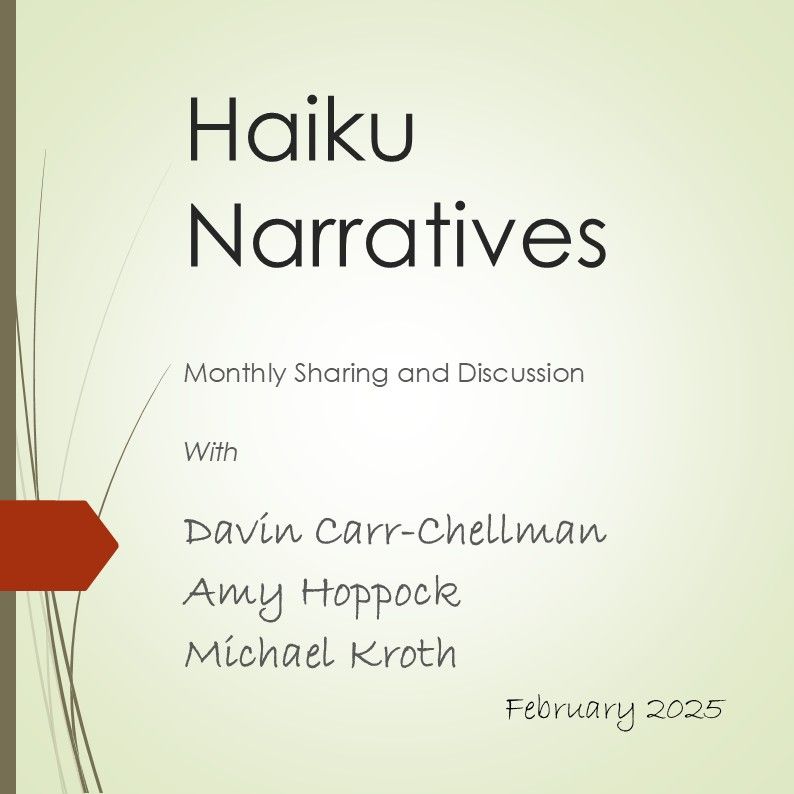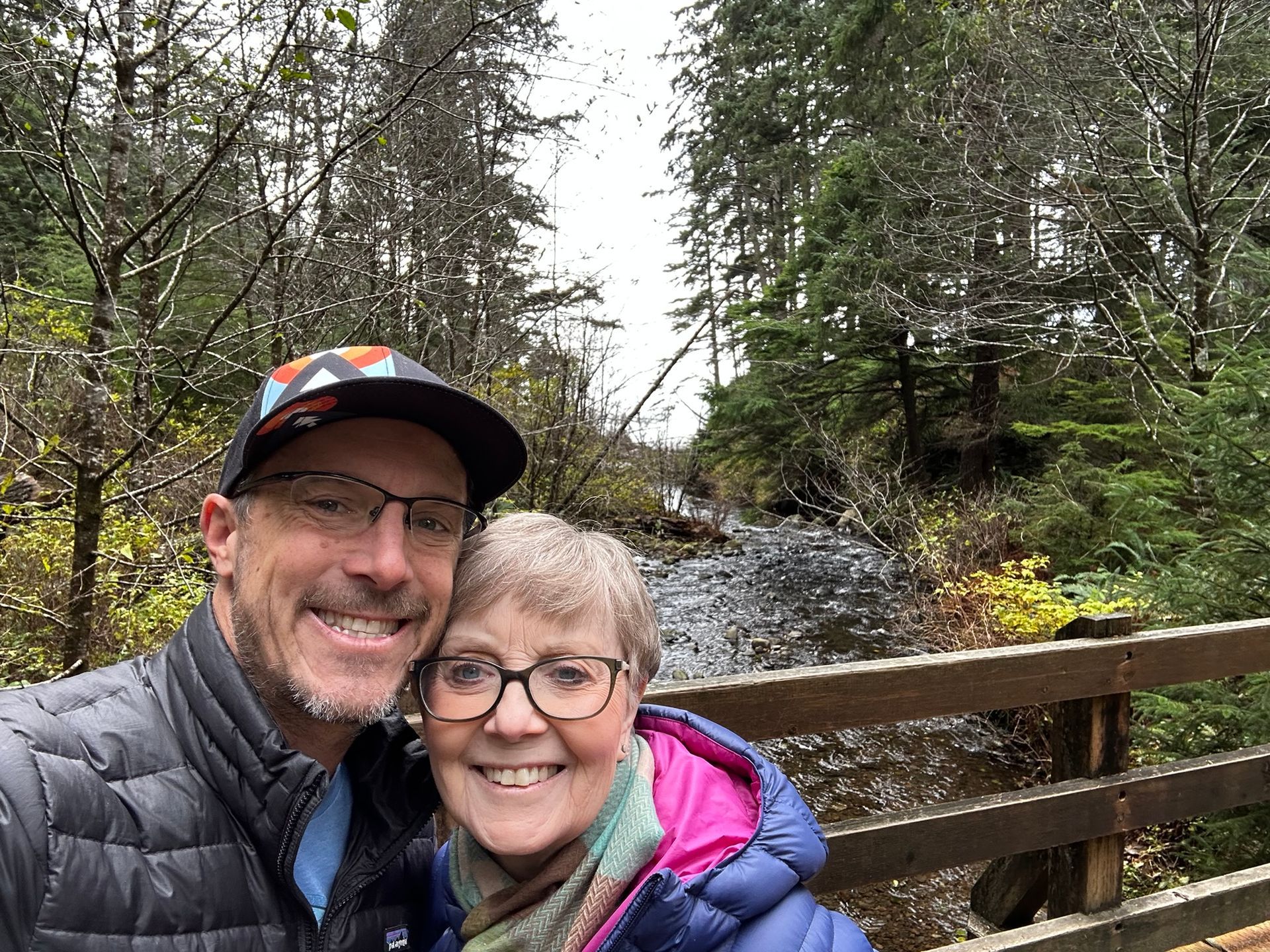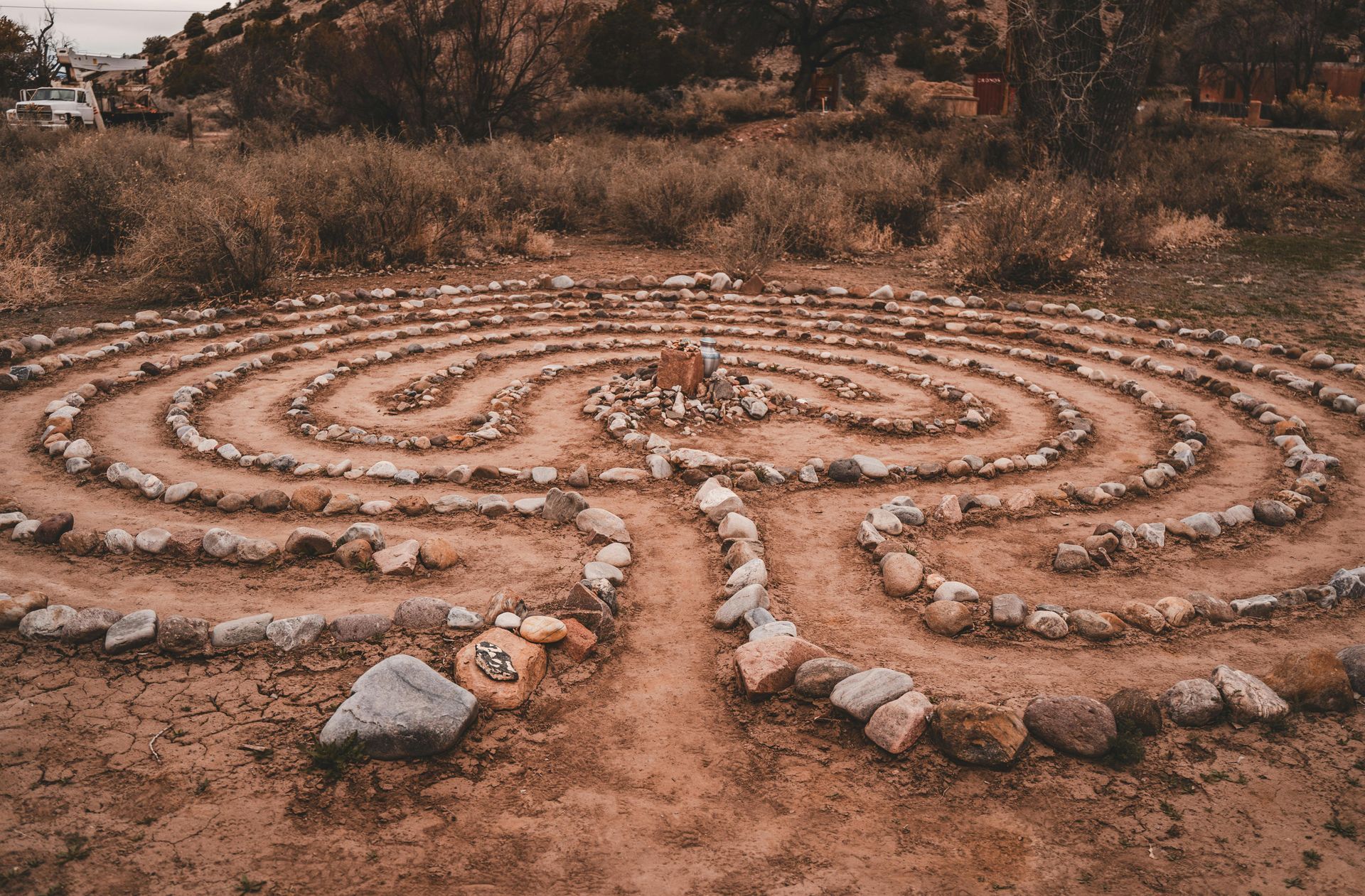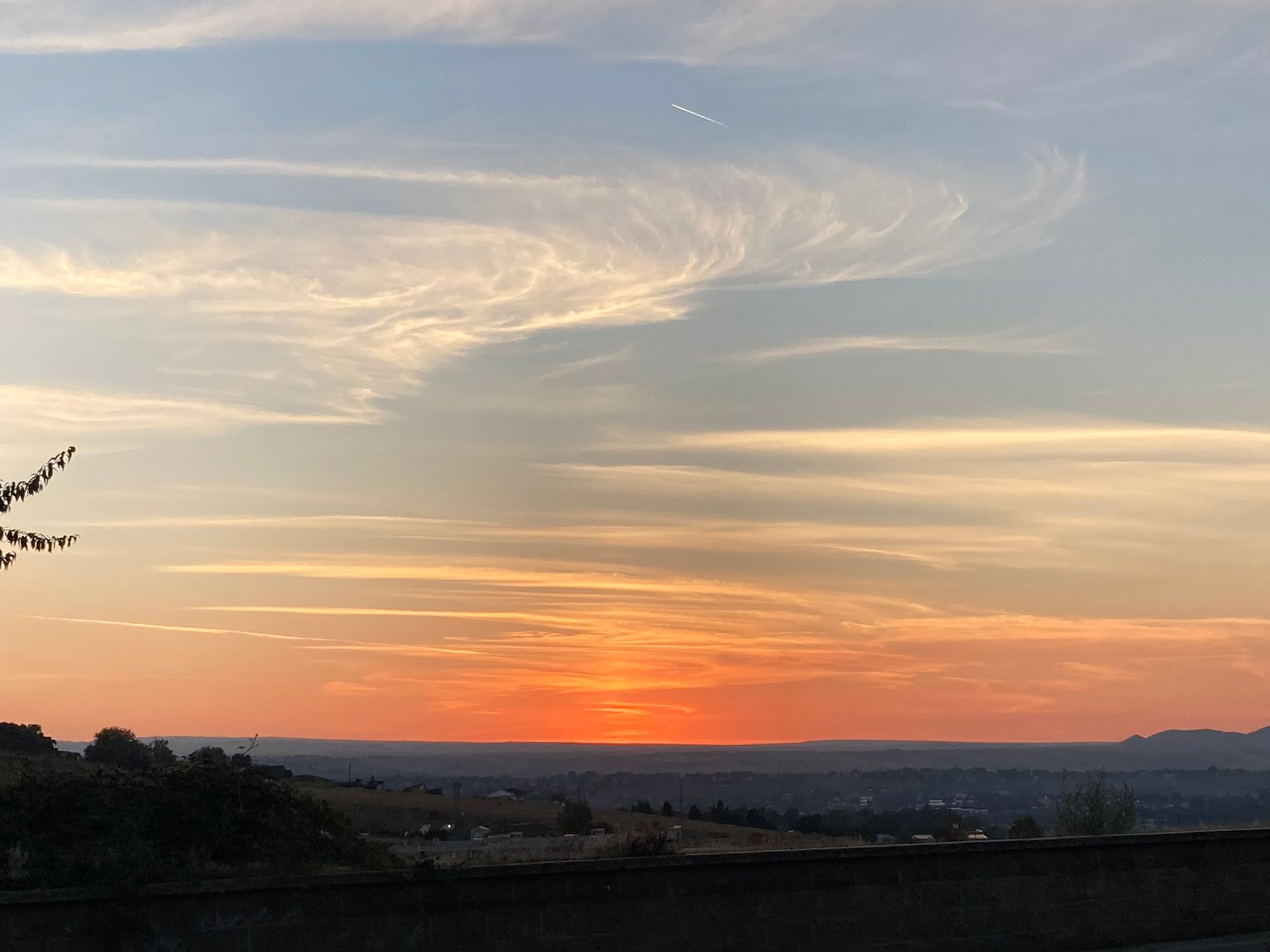Following Moss
“I was a hidden treasure, and I desired to be known”
Following Moss
by Kelly Anderson
“I was a hidden treasure, and I desired to be known”
A sacred saying - a Hadith - from Islamic Mysticism
Robin Wall Kimmerer, scientist, storyteller, and member of the Citizen Potawatomi Nation, has a unique worldview. As a botanist, she looks at plants through the objective lenses of her magnifying glass and microscope. In this view, she documents, categorizes, labels, and analyzes the discoveries she makes about mosses; she’s a bryologist - a moss expert. And, as a descendent of the Bear Clan of the Potawatomi, she also sees plants through the stories and wisdom of her ancestors. In this view, her moss is no longer a mere object to study, but rather the subject of deep inquiry. It is a living being to be known.
Robin’s book, Gathering Moss: A Natural and Cultural History of Mosses , weaves scientific facts with other ways of knowing mosses and some of the most ancient inhabitants of our Earth. After reading her book, I’ll never think of moss - or any living organism - in quite the same way. Her traditional wisdom tells us that “every being is endowed with certain gifts, its own intelligence, its own spirit, its own story”, and plants, water, stone - all organisms - are living beings blessed with these gifts.
“In traditional ways of knowing, one way of learning a plant’s particular gifts is to be sensitive to its comings and goings. Consistent with the indigenous worldview that recognizes each plant as a being with its own will, it is understood that plants come when and where they are needed. They find their way to the place where they can fulfill their roles” (p. 103).
To illustrate some of the ways plants are found where they are needed, Kimmerer told stories. I particularly like the story of jewelweed. This plant naturally grows in moist, semi-shady areas; in the same conditions and locations as poison ivy. Applied to the skin after contact with poison ivy, the juice of a crushed jewelweed leaf is an antidote which stops the poison ivy rash from developing. The plant thrives where it is most needed, where it can share its gifts.
I like viewing plants in this way, and I love thinking about the gifts, intelligence, spirit, and stories of all living beings. However, I did have to work through a couple of issues before I could begin to uncover the deeper and personally meaningful message held within these ideas.
First, I struggled a bit with the idea that plants have their own will. To me, will implies some level of rational thought, which seems unlikely in plants. Yet, there is research and conversation on such topics as plant sensing, communication, memory, and consciousness, so maybe plant will is the next frontier. I do believe there are forces, energies, a higher power at play in our universe, which our scientific knowledge hasn’t explained. And, I am open to the possibility that unknown forces may guide living organisms to the place they are needed, to the place where they can best fulfill their purpose. So, maybe in all of that, plants do, in some way, have their own will. What a curious and delightful thought.
Another aspect of these ideas, which I spent a little time thinking about, is the importance of living and growing conditions. This wasn’t explicitly addressed in the stories, and to me it is critical. To share their gifts and fulfill their roles, organisms must be in an environment which provides the elements they need to flourish - the right amount of water, nutrients, sunshine, and protection. Without these basic needs met, any living being will struggle to survive. To fully share their gifts, living beings must be in a space in which they thrive.
Once I sorted out those two issues, I found that I’m quite taken with the indigenous stories from Robin Wall Kimmerer’s Potawatomi ancestors. One thought which continues to linger with me is that all living organisms are more than the objective, scientific facts that define them. Thinking of them in terms of bigger, beautiful questions helps us to know them in a deeper, more meaningful way. What gift, intelligence, spirit, and story does a living being bring? What does its presence tell us?
And I’m left wondering if I, as a living being, may know my own gifts by being sensitive to my comings and goings. If I go beyond my ego, my strategizing, my over-thinking, and my noisy busyness, will this traditional wisdom apply to my own self? If I take the time to be silent, if I quiet my mind, if I listen to my heart, and if I am sensitive to that which softly speaks to me, will I better know myself? Will I deepen my connections with my gifts, my intelligence, my spirit, and my story? If I courageously follow my heart, as Robin follows moss, will I find the place I am needed, the space in which I flourish? Will I then fulfill my purpose and best share my gifts?
Enough with such questions! -
Let silence take you to the core of life.
Rumi, One Whisper of the Beloved
Recommended Resources
Robin Wall Kimmerer, Gathering Moss: A Natural and Cultural History of Mosses
To receive all our Profound Living posts, please subscribe (it won’t cost you anything but time to read): https://www.profoundliving.live/
Also, please consider following the Profound Living Facebook page at: http://bit.ly/2Lv44W6
Also, please share this essay with others who might find it beneficial.

